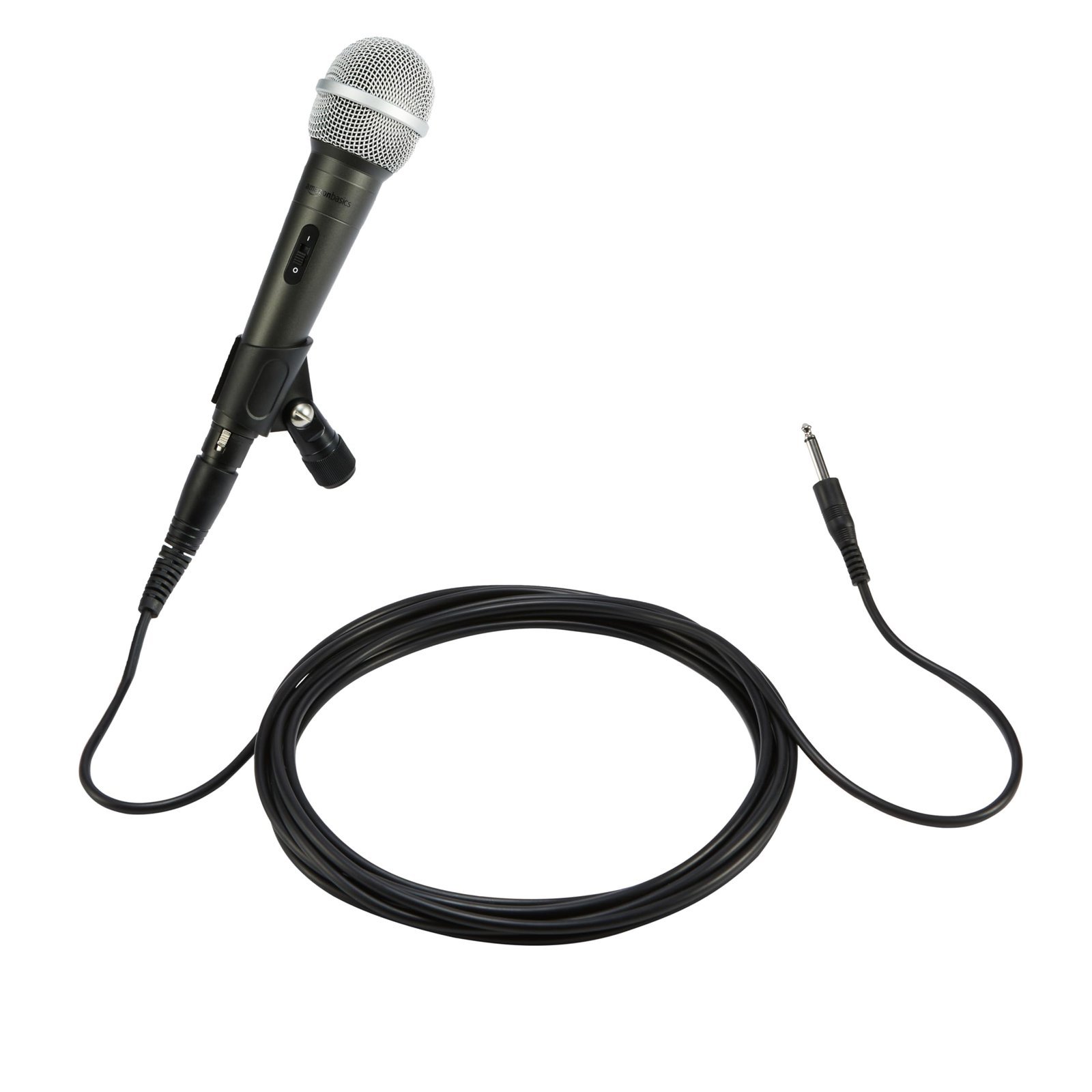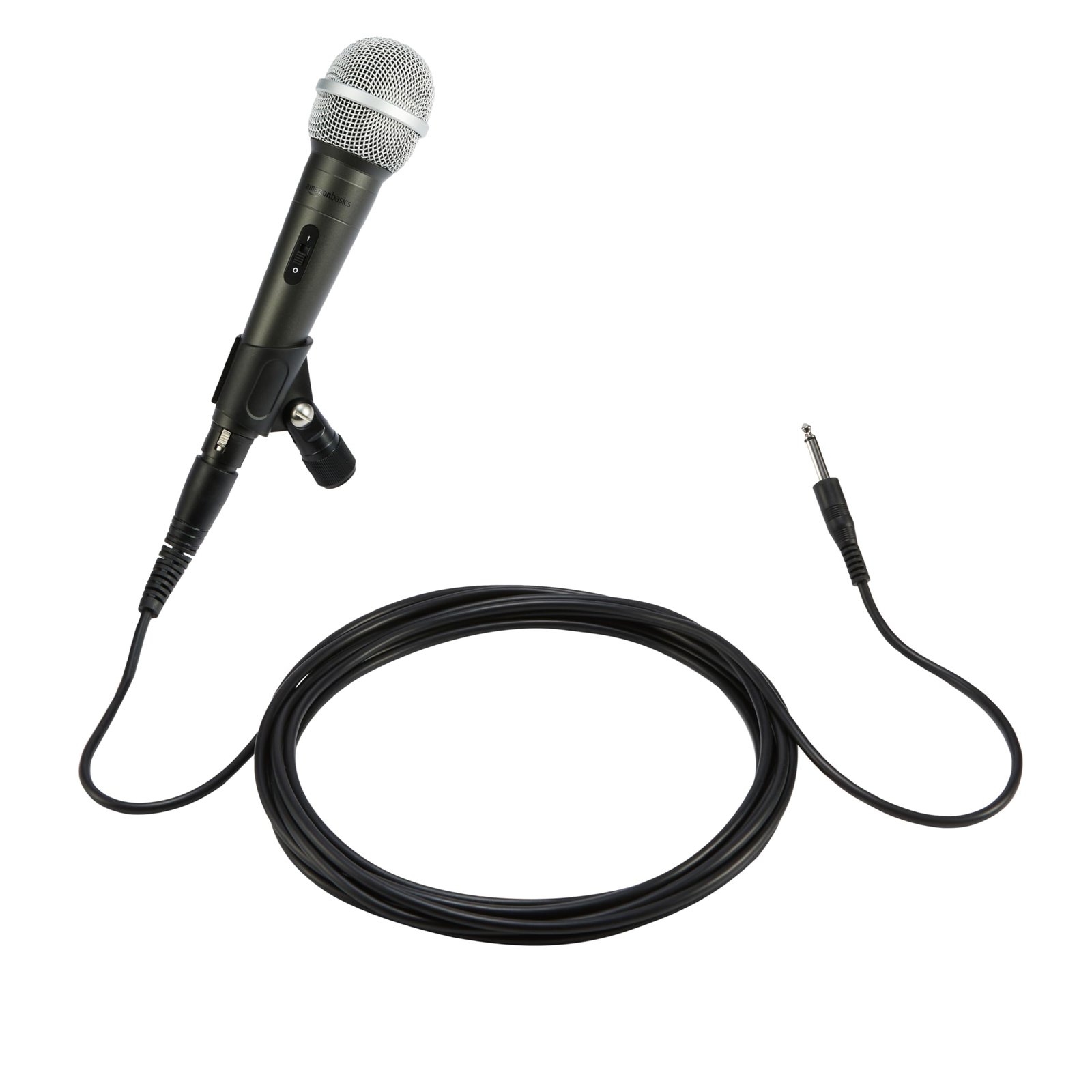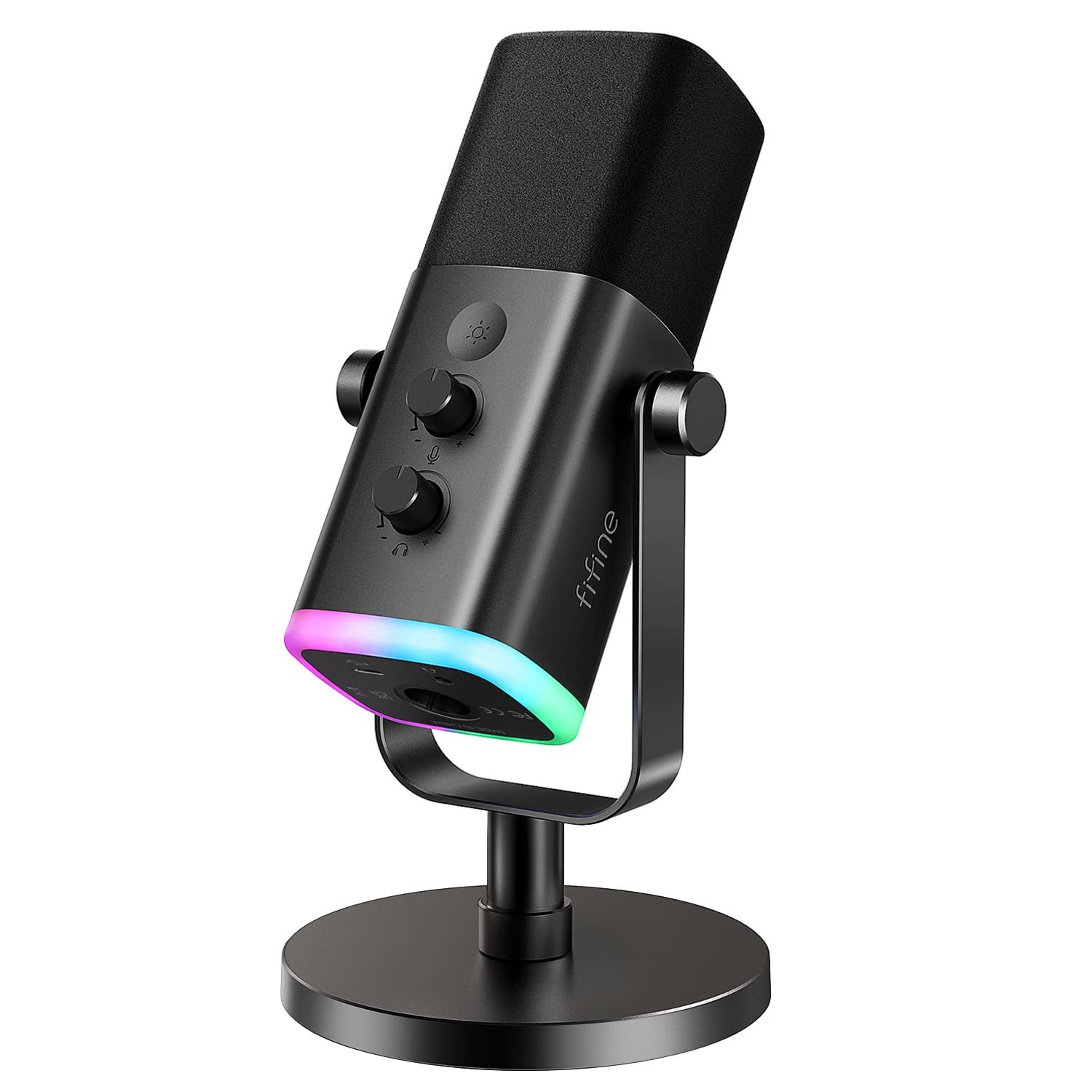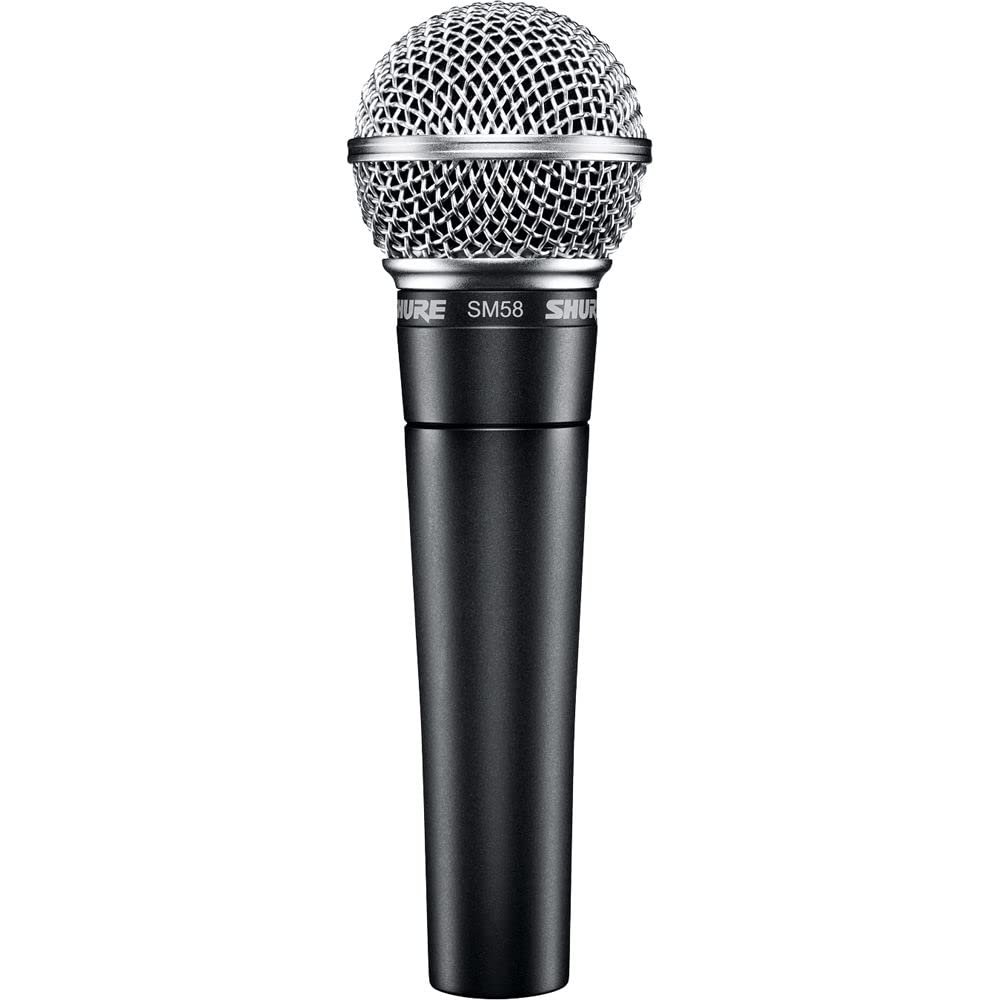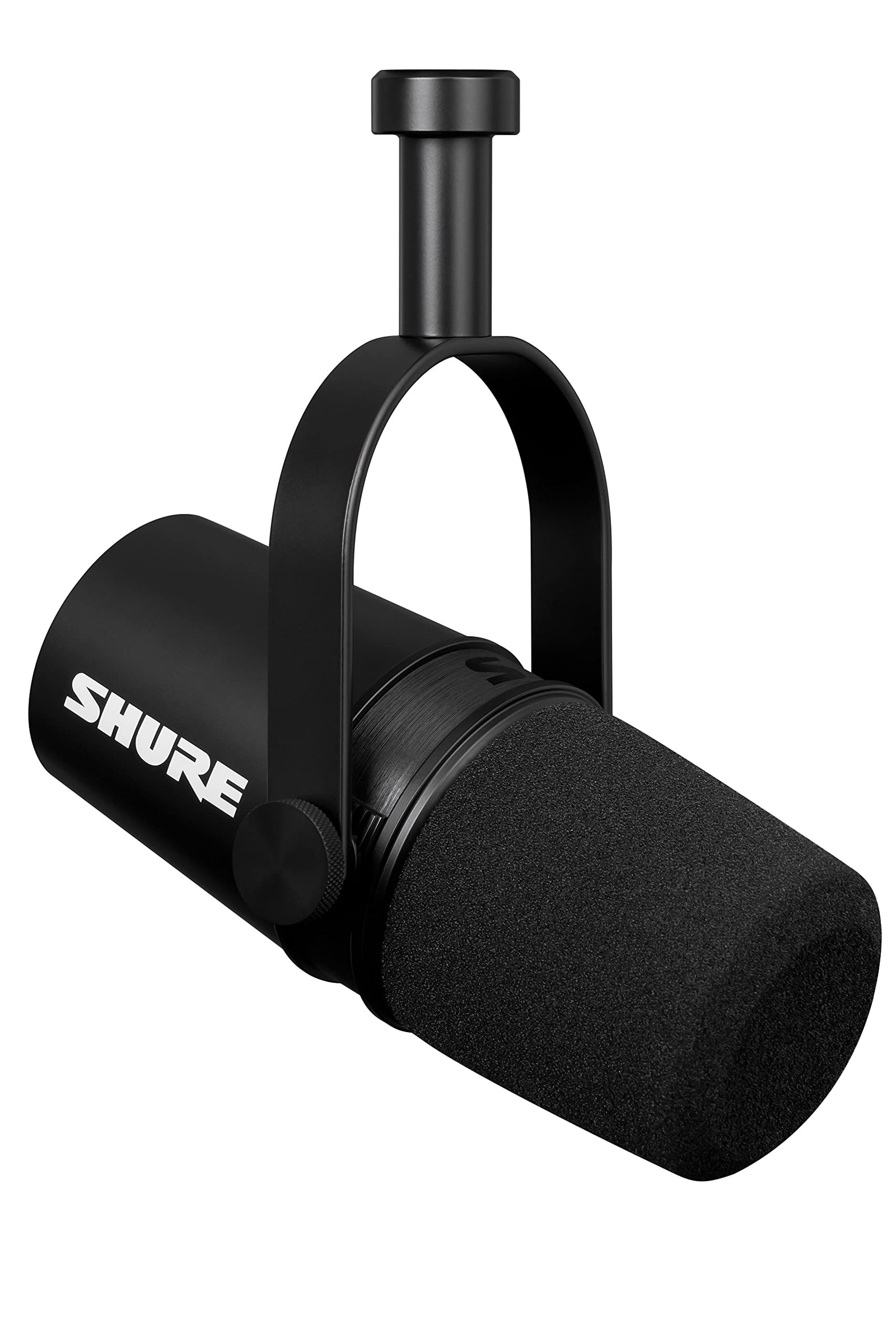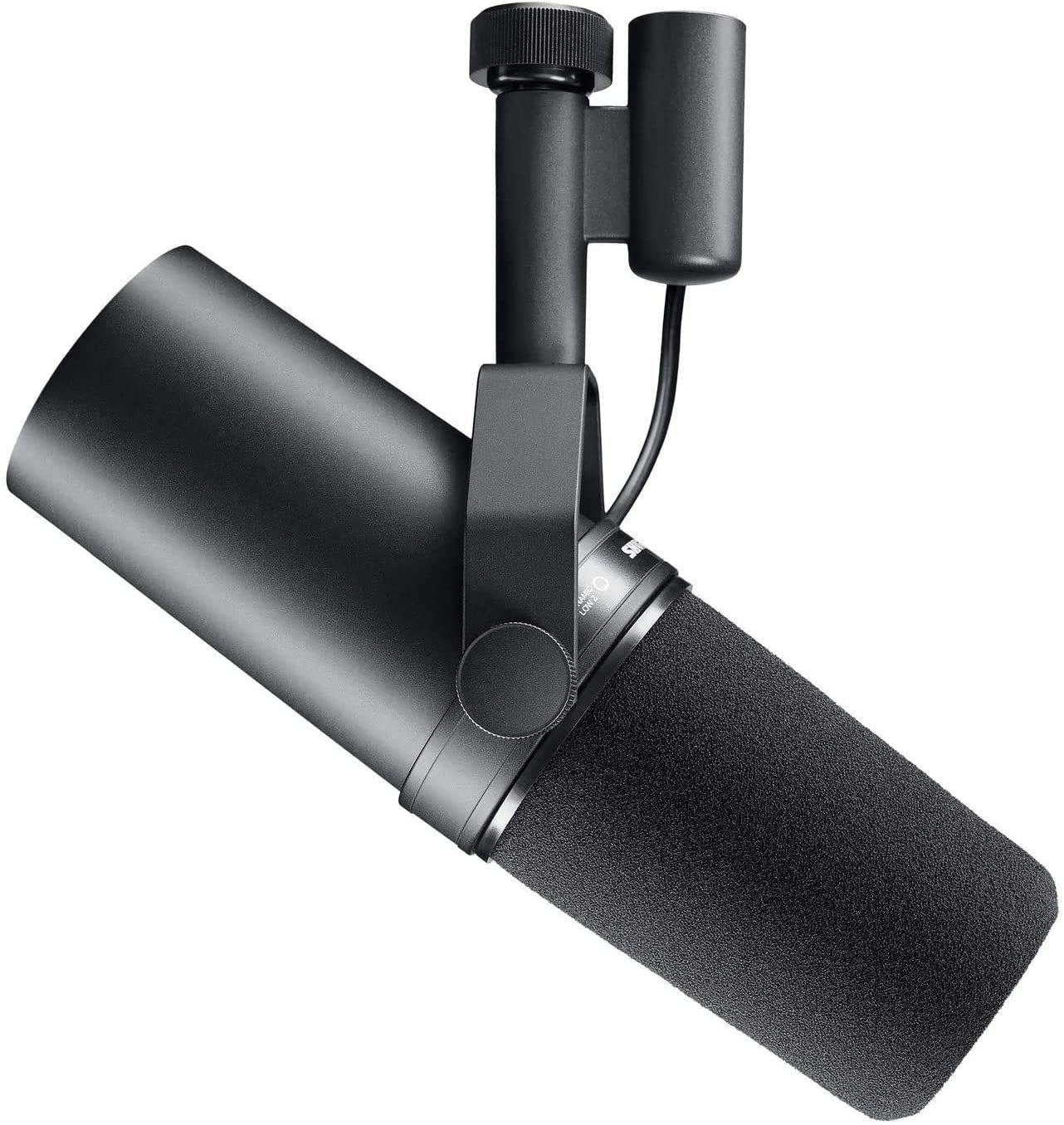Dynamic microphones play a significant role in capturing sound across various settings, from live performances to studio recordings.
These microphones use electromagnetic induction to convert sound vibrations into an electrical signal.
Their durability and ability to handle high sound pressure levels make them a reliable choice for musicians, broadcasters, and podcasters.
When considering dynamic microphones, it’s important to focus on factors like frequency response, directional pattern, and durability.
Frequency response determines the range of sounds the microphone can capture, impacting the overall audio quality.
Meanwhile, directional patterns, such as cardioid or omnidirectional, define how the microphone picks up sound from different angles.
Lastly, robust construction ensures the microphone can withstand the demands of frequent use in diverse environments.
Choosing the right dynamic microphone involves balancing these elements to meet your specific needs.
Understanding these features will aid you in making an informed decision, ensuring excellent sound capture for your projects.
Top Dynamic Microphones
Are you on the hunt for a reliable dynamic microphone that delivers top-notch sound quality? Check out this list of the best dynamic microphones, each offering unique features to suit your needs.
Whether you’re recording in a studio or performing live, you’ll find something here that hits the right note.
Amazon Basics Dynamic Vocal Mic
An excellent option for those seeking affordability without sacrificing vocal clarity, though it might not meet the needs of professional sound engineers.
- Offers clear vocal reproduction with minimal background noise.
- Durable build with reliable housing and mesh head.
- Easy setup with included male XLR cable.
- Sound quality may not reach the precision of higher-end models.
- Some users report issues when not paired with proper audio equipment.
- Slight background noise without an audio interface.
You’ll find this microphone provides good clarity, making it suitable for public speaking and casual performances.
It’s built to last with a solid construction, ensuring longevity even with frequent use.
The robust design gives it a reassuring heft, reminiscent of more expensive brands.
Perfect for beginners, this mic offers hassle-free connectivity.
Plug it in, and you’re ready to go.
The cardioid pattern effectively isolates sound, making your voice the star of the show.
Despite the solid sound quality, the microphone’s performance can dip if not used with proper equipment, such as an audio interface.
For those on a budget, it’s a versatile choice that won’t break the bank.
While it may lack the refinement of pricier options, it’s great for those just starting or those who need a reliable backup.
It balances the essentials with its ease of use, making it a viable option for many applications.
FIFINE AmpliGame AM8
This microphone offers good sound quality and fun features, making it a great addition to your recording setup.
- Dual connection options (XLR and USB) for flexibility
- Clear and natural audio clarity
- RGB lighting adds a stylish touch
- Plastic build may not suit everyone’s taste
- Full feature access only with a USB connection
- Might require additional accessories like an XLR cable for some setups
If you’re on the lookout for a microphone that fits seamlessly into both professional and casual setups, the FIFINE AmpliGame AM8 might be the right choice for you.
It boasts a versatile connection system with both XLR and USB options, making it adaptable to various recording environments.
The audio clarity is impressive, with a balanced sound profile that captures your voice accurately.
For gamers and streamers, the built-in RGB lighting is a fun addition, giving your setup a bit of flair.
This mic doesn’t just deliver sound quality but also brings visual appeal.
On the flip side, the predominantly plastic construction might not appeal to users who prefer a more premium feel.
Additionally, if you want to utilize all its features, the USB connection is necessary, which could be restricting depending on your setup.
You might find it needs extra equipment, like an XLR cable, to fit seamlessly into certain configurations.
Shure SM58 Dynamic Vocal Microphone
This microphone is a solid choice for anyone looking to capture clear vocal sound, whether on stage or in the studio.
- Delivers outstanding vocal clarity with a tailored frequency response.
- Durable construction, built to withstand traveling and numerous performances.
- Minimizes background noise with an integrated filter and precise pattern.
- Lacks additional accessories like a cable.
- Might not offer the versatility some setups require.
- Heavier than some of its more portable counterparts.
The Shure SM58 is renowned for its reliability, making it a staple in the world of music and performance.
Known for its robust build, it’s a microphone that’s often seen in the hands of both up-and-coming artists and seasoned professionals.
Its cardioid pickup pattern ensures clear audio transmission by focusing on sound from the desired source, reducing unwanted noise.
This microphone has set the standard for live vocal performances.
Its solid metal construction means you won’t have to worry about it giving up on you mid-show.
While it’s mainly appreciated for live settings, it’s also quite handy for studio use if you’re seeking consistency in sound quality.
For many, the absence of extras like an included cable might be disappointing, but the strength of the core offering often outweighs these minor inconveniences.
This is a microphone expected to deliver top-notch vocal reproduction, earning its spot among industry favorites.
Shure MV7X XLR Podcast Microphone
A great choice for podcasters and vocalists looking for professional sound quality without extra hassle.
- Clear vocal capture with excellent noise rejection
- Durable all-metal construction
- Compatible with standard mic stands
- Requires XLR connection setup
- Lacks USB connectivity for direct computer connection
- May require an audio interface for best results
The Shure MV7X shines when it comes to delivering excellent sound quality with voice isolation.
You’ll appreciate how it focuses on your voice while keeping background noise out, making it ideal for those recording in less-than-ideal environments.
Its durable metal design not only looks sleek but ensures longevity, providing reliable performance over time.
The microphone effortlessly attaches to different mic stands, letting you find the best placement for your setup.
A point to consider is the need for an XLR setup, which might be daunting if you’re new to audio equipment.
While it lacks USB connection, its stellar audio makes it worthwhile if you can invest in an audio interface for optimal use.
Shure SM7B Microphone
A great choice if you’re after a versatile microphone that yields fantastic audio for both music and spoken word projects.
- Blocks out unwanted hum from electronic devices.
- Flexible mounting options offer greater stability.
- High-quality, natural audio reproduction.
- Requires a separate preamp or audio interface for optimal performance.
- Not the lightest option, at 2.7 pounds.
- Limited portability compared to smaller, USB-based microphones
This microphone really stands out in professional settings, offering top-quality sound whether you’re recording music or podcasts.
It brings studio-level performance to your setup with its wide-range frequency response and robust construction.
Equipped with built-in electromagnetic shielding, the SM7B reduces hum from other electronic devices, making your audio clean and precise.
Its design, complete with a unique mounting bracket, ensures the microphone stays stable during use.
The microphone isn’t the most portable, primarily requiring gear that works with its XLR connector.
However, its impressive audio quality makes it a staple in studios worldwide.
Its hefty build provides durability, and the included windscreens offer versatile use.
Buying Guide
Choosing the right dynamic microphone can feel overwhelming, but it doesn’t have to be.
Here’s a simple guide to help you make the best choice for your needs.
Purpose and Use
Consider what you’ll use the mic for.
Do you need it for live performances, studio recording, or podcasting? Different uses might sway your choice based on sound isolation and durability.
Frequency Response
Look at the frequency response.
A flat response will pick up sound uniformly, while a tailored response might enhance vocals or instruments.
Decide based on whether you want a natural or colored sound.
Build Quality
Durability is key, especially if you’re moving your gear often.
Check if the microphone is rugged and built to last.
A solid metal construction is usually more reliable for frequent use.
Connectivity
How will you connect the mic? Check if it requires an XLR cable or USB connection. XLR is typical for professional settings, while USB might be more convenient for casual users.
Price Range
Think about your budget.
While investing in high-quality gear can pay off, it’s just as important to find something that offers good value for your specific needs.
Key Features Checklist
| Feature | Importance |
|---|---|
| Frequency Response | Tailored/Flat |
| Build Quality | Robust construction |
| Connectivity | XLR or USB |
| Price Range | Affordable/High-end |
There’s no perfect mic for everyone; it’s about finding what suits your specific needs.
Consider these points to ensure you make a choice that feels just right.
Frequently Asked Questions
Dynamic microphones have their own set of strengths and are often compared to condenser mics.
They can be suitable for studio recording, handle vocals well with less background noise, may have their quirks, and can come in wireless options.
Shopping for them requires a savvy approach, especially when considering online retailers like Amazon.
What’s the difference between dynamic and condenser mics, anyway?
Dynamic mics are known for their durability and ability to handle high sound pressure without distorting.
They work well in loud environments and are typically more rugged.
Condenser mics, on the other hand, are more sensitive and excel at capturing detailed audio, making them ideal for controlled studio settings.
Can I use a dynamic mic for professional studio recording, or is that a bad idea?
You can definitely use a dynamic microphone for studio recordings.
They are often used for capturing instruments like drums and guitar amps.
While they may not have the same sensitivity as condenser mics, they still produce good quality, especially in setting where you need to focus on louder sounds.
Are dynamic mics any good for catching all my vocals without the background noise?
Dynamic mics can be great at isolating vocals from environmental noise.
They are often less sensitive to ambient sounds, which makes them a solid choice for live performances and situations where background noise is an issue.
How come dynamic microphones have a disadvantage? What’s the deal with that?
Dynamic microphones generally have a more limited frequency response compared to condenser mics.
This means they might not capture the subtle nuances of sound as effectively.
They also tend to produce a slightly less detailed sound, which might not be ideal for every recording situation.
Should I consider getting a wireless dynamic mic, or will it mess with my sound?
A wireless dynamic mic offers flexibility and freedom of movement, which is fantastic for live performances.
Modern technology generally ensures good sound quality, but it could add some latency or interference issues.
Make sure to choose a reliable brand and test it out in your setup.
Is it worth shopping for dynamic mics on Amazon, or is there a better place to look?
Shopping for dynamic mics on Amazon can be convenient and offer competitive prices.
However, you should read reviews, check the seller’s credibility, and compare with other retailers.
Consider visiting a local music store for personalized advice and an opportunity to test different models firsthand.

